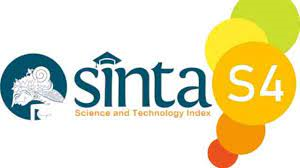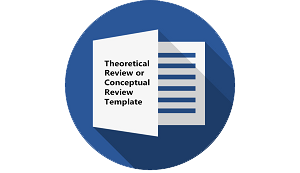The Structures of Trump’s Political Discourse
DOI:
https://doi.org/10.30957/ijoltl.v6i1.650Keywords:
Political Frontier of Antagonism, Trump, CDA, Discourse Structures, Annihilating Dynamics of MeaningAbstract
This study explains the discourse structure of antagonism in one of Trump’s political speeches. The analysis also describes the function of antagonistic discourse for Trump’s political purposes against his opponents from the Democratic Party like Joe Biden and Elizabeth Warren. CDA is the approach used in this research. The theories of political frontier antagonism from Malmberg, Howarth, and Stravakakis supported by the annihilating dynamics of meaning from O’Dawyer are applied to the data taken from the transcription of Trump’s political speeches. The findings show that Trump utilizes specific nouns modified by adjectives to form a political barrier of antagonism between him against the opponents of the Democratic Party. The structure of discourse found in this study shows that Trump uses antagonism in his political speech to inflict a heavy blow to his opponents’ political image.
Downloads
References
Blommaert, J. (2005). Discourse: A Critical Introduction. Cambridge: Cambridge University Press.
Carston, R. (2002). Thoughts and Utterances: The Pragmatics of Explicit Communication. Oxford: Blackwell Publishing Company.
Dixon, R. M. W. (2010). Basic Linguistic Theory: Volume 1 Methodology. Oxford: Oxford University Press.
Foucault, M. 1978. History of Sexuality: Vol 1 An Introduction. New York: Pantheon Books.
Fairclough, N. (2003). Analysing Discourse: Textual Analysis for Social Research. London: Routledge.
Fairclough, N. (1995). Critical Discourse Analysis: Critical Study of Language. New York: Longman Publishing.
Hart, C. (2010). Critical Discourse Analysis and Cognitive Science: New Perspectives on Immigration Discourse. Hampshire: Palgrave Macmillan.
Hooker, C. A. (1977). Methodology and Systematic Philosophy. In Butts, R. E. and Hintikka, J. (eds). Basic Problems in Methodology and Linguistics. Dordrecht: Springer Science +Business Media.
Howarth, D. and Stavrakakis, Y. (2000). Introducing Discourse Theory and Political Analysis. In Howarth, D. et al. Discourse Theory and Political Analysis: Identities, Hegemonies, and Social Change. Manchester: Manchester University Press.
Jones, J. and Peccei, J. S. (2004). Language and Politics. In Thomas, L. et al (eds). Language, Society, and Power: An Introduction 2nd Edition. London: Routledge.
O’Dwayer, E. (2003). The Rising of the Moon: Language of Power. London: Pluto Press.
Phakiti, A. (2014). Experimental Research Methods in Language Learning. London: Bloomsbury Academic.
Trask, R. L. (2007). Language and Linguistics: The Key Concepts. Oxon: Routledge.
Wodak, R. (2008). Introduction: Discourse Studies – Important Concepts and Terms. In Wodak, R. and Kryzanowski, M (eds). Qualitative Discourse Analysis in the Social Sciences. New York: Palgrave MacMillan.
Wodak, R and Meyer, M. (2001). Methods of Critical Discourse Analysis. London: Sage Publications Ltd.
Downloads
Published
How to Cite
Issue
Section
License
Authors who publish with this journal agree to the following terms:
- Authors retain copyright and grant the journal right of first publication with the work simultaneously licensed under a Creative Commons Attribution-ShareAlike 4.0 International License that allows others to share the work with an acknowledgement of the work's authorship and initial publication in this journal.
- Authors are able to enter into separate, additional contractual arrangements for the non-exclusive distribution of the journal's published version of the work (e.g., post it to an institutional repository or publish it in a book), with an acknowledgement of its initial publication in this journal.
- Authors are permitted and encouraged to post their work online (e.g., in institutional repositories or on their website) prior to and during the submission process, as it can lead to productive exchanges, as well as earlier and greater citation of published work (See The Effect of Open Access).












